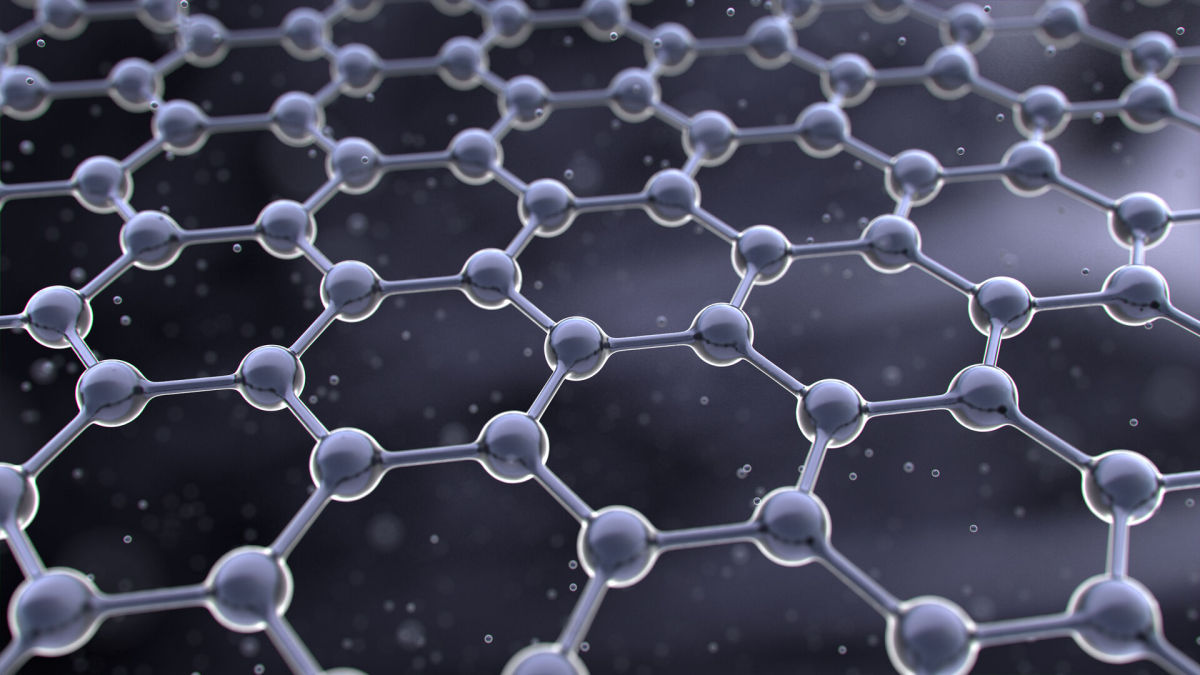
NEWS
Graphite and graphene sound similar, but they are two different things. Today I will introduce to you the main differences between graphite and graphene. I will explain to you one by one the aspects of use, classification, application, etc. Friends who want to know more can follow the article and continue reading.
1. The application of graphite
Graphite is one of the minerals of carbon. It has excellent properties such as lubricity, chemical stability, high-temperature resistance, electrical conductivity, thermal conductivity, plasticity, and coating properties. Its application fields are quite extensive. Graphite is mainly used as a refractory material in the metallurgical industry; it is used as a casting mold and anti-rust coating in the foundry industry; it is used in the electrical industry to produce carbon electrodes, electrode carbon rods, batteries, and the graphite milk produced can be used as a TV set Picture tube coating, the carbon products made can be used in generators, motors, communication equipment, and many other aspects; in the machinery industry, it is used as a lubricant for high-speed machinery such as airplanes, ships, trains; in the chemical industry, it is used to manufacture various Corrosion-resistant vessels and equipment; used as neutron moderators and protective materials in atomic reactors in the nuclear industry; used as rocket engine tail nozzle throat linings in the aerospace industry, heat insulation and heat-resistant materials for rockets and missiles, and Radio link signals and conductive structural materials on satellites. In addition, graphite is also a polishing agent and antirust agent for glass and paper in the light industry, and a raw material for the manufacture of pencils, ink, black paint, ink, and artificial diamond.

2. Classification of graphite
Graphite minerals with different crystalline forms have different industrial values and applications. In industry, natural graphite is divided into three categories according to the other crystal forms.
(1) dense crystalline graphite
Dense crystalline graphite is also called bulk graphite. Such graphite crystalline crystals are visible to the naked eye. The crystals are arranged in disorder and have a dense block structure. This kind of graphite is characterized by high grade, generally with a carbon content of 60-65%, and sometimes 80-98%, but its plasticity and smoothness are not as good as flake graphite.
(2) Flake graphite
Graphite crystals are in the form of scales, which are transformed under high-intensity pressure, and can be divided into large scales and fine scales. The characteristic of this kind of graphite ore is that the grade is not high. Still, it is one of the ores with excellent buoyancy in nature, and high-grade graphite concentrate can be obtained after multiple grinding and multiple selections. The floatability, lubricity, and plasticity of this type of graphite are superior to other types of graphite; therefore, its industrial value is particularly large.
(3) Cryptocrystalline graphite
Cryptocrystalline graphite, also known as amorphous graphite or earthy graphite, is an aggregate of microcrystalline graphite. This type of graphite is characterized by an earthy surface that lacks luster and poor lubricity. The grade is higher, generally 60-80%, but the selectivity of ore is poor.
Graphene
Graphene is a two-dimensional crystal composed of closely packed carbon atoms, a single-layer thin crystal in graphite. It is known to human beings as a material with extremely high strength, excellent toughness, extremely lightweight, high light transmittance, and excellent electrical conductivity.

1. Characteristics of graphene
Graphene is an extremely thin material known so far. A single layer of graphene is only as thick as one carbon atom. Graphene of this thickness has many properties that graphite does not have.
(1) Very strong conductivity: The electrons in graphene have no mass, and the movement speed of electrons exceeds that in other metal monomers or semiconductors, which can reach 1/300 of the speed of light. Because of this, graphene has Extremely conductive.
(2) Ultra-high strength: Graphite is extremely soft among minerals, and its Mohs hardness is only 1-2 grades. Diamond with a hardness of 10 is still high, but it has good toughness and can be bent.
(3) Super large specific surface area: Since the thickness of graphene is only one carbon atom thick, that is, 0.335 nanometers, graphene has a super large specific surface area. The specific surface area of an ideal single-layer graphene can reach 2630 m2/g, while ordinary The specific surface area of activated carbon is 1500 m2/g, and the large specific surface area makes graphene a great potential energy storage material.
2. The application of graphene
(1) Substituting silicon for the production of electronic products
Silicon ushered us into the digital age, but researchers are still eager to find some new material that will make integrated circuits smaller, faster, and cheaper. Graphene has higher carrier mobility than silicon and is a semiconductor material with excellent performance. Electrons in graphene can run at 1/300 the speed of light and generate very little heat. The global semiconductor crystalline silicon market is developing steadily. According to IEK's forecast, graphene can replace crystalline silicon in the chip field. If graphene replaces 1/10 of crystalline silicon to make high-end integrated circuits, the market capacity should be more than 500 billion yuan.
(2) Graphene material additive
At present, some departments add graphene to cement, paint, coating, plastic, ceramics, photovoltaic glass, cables, and other materials, which can improve performance and increase strength.



